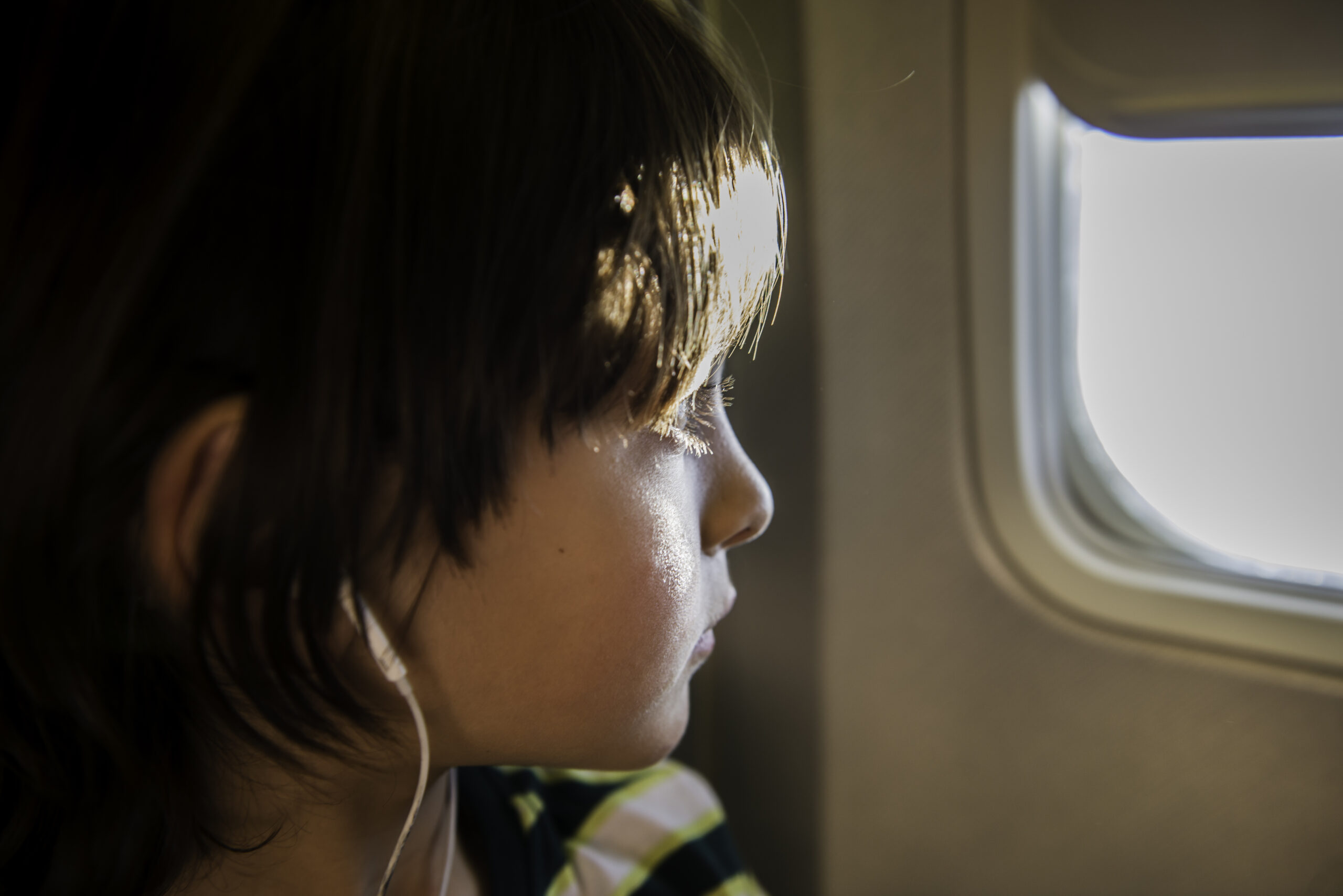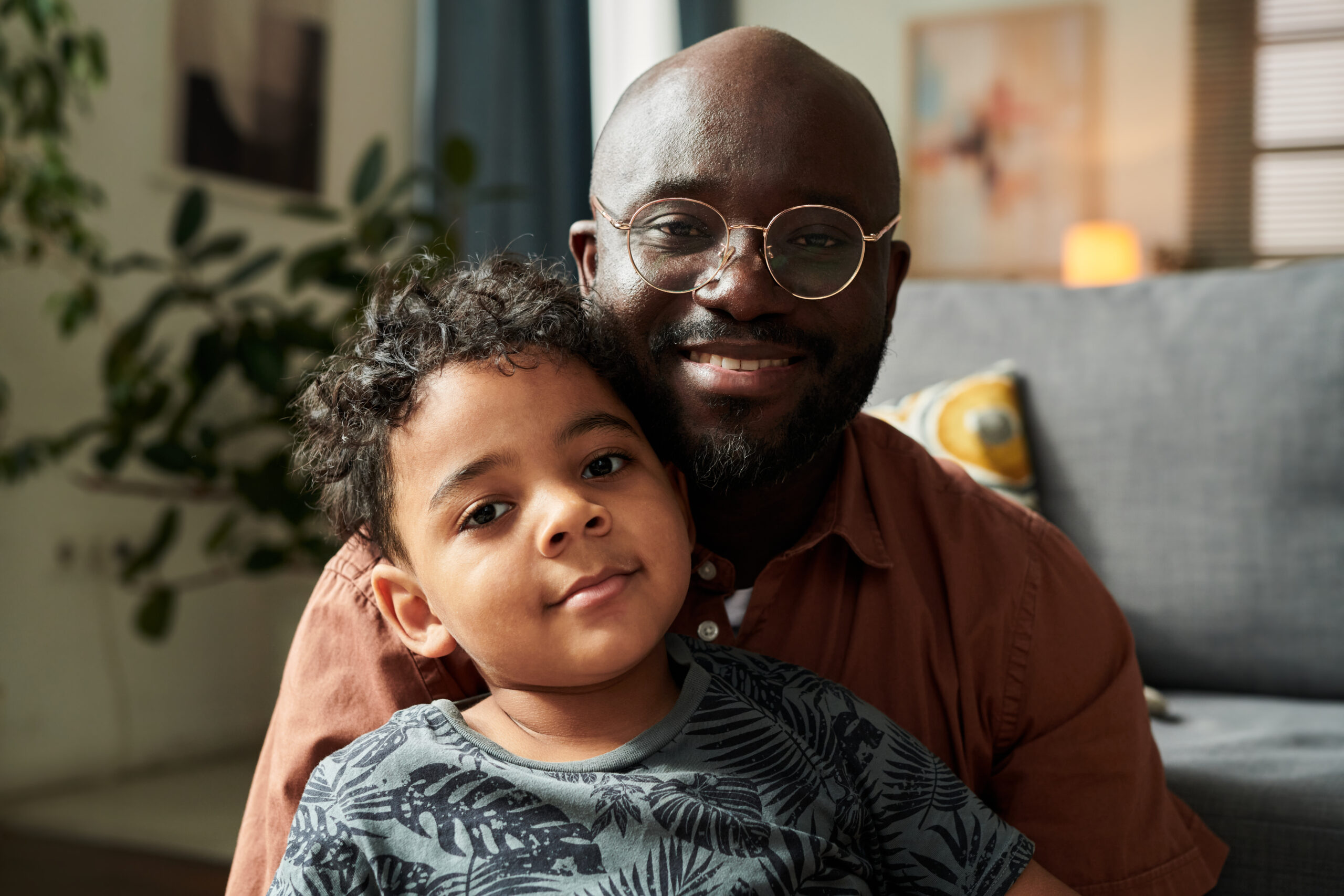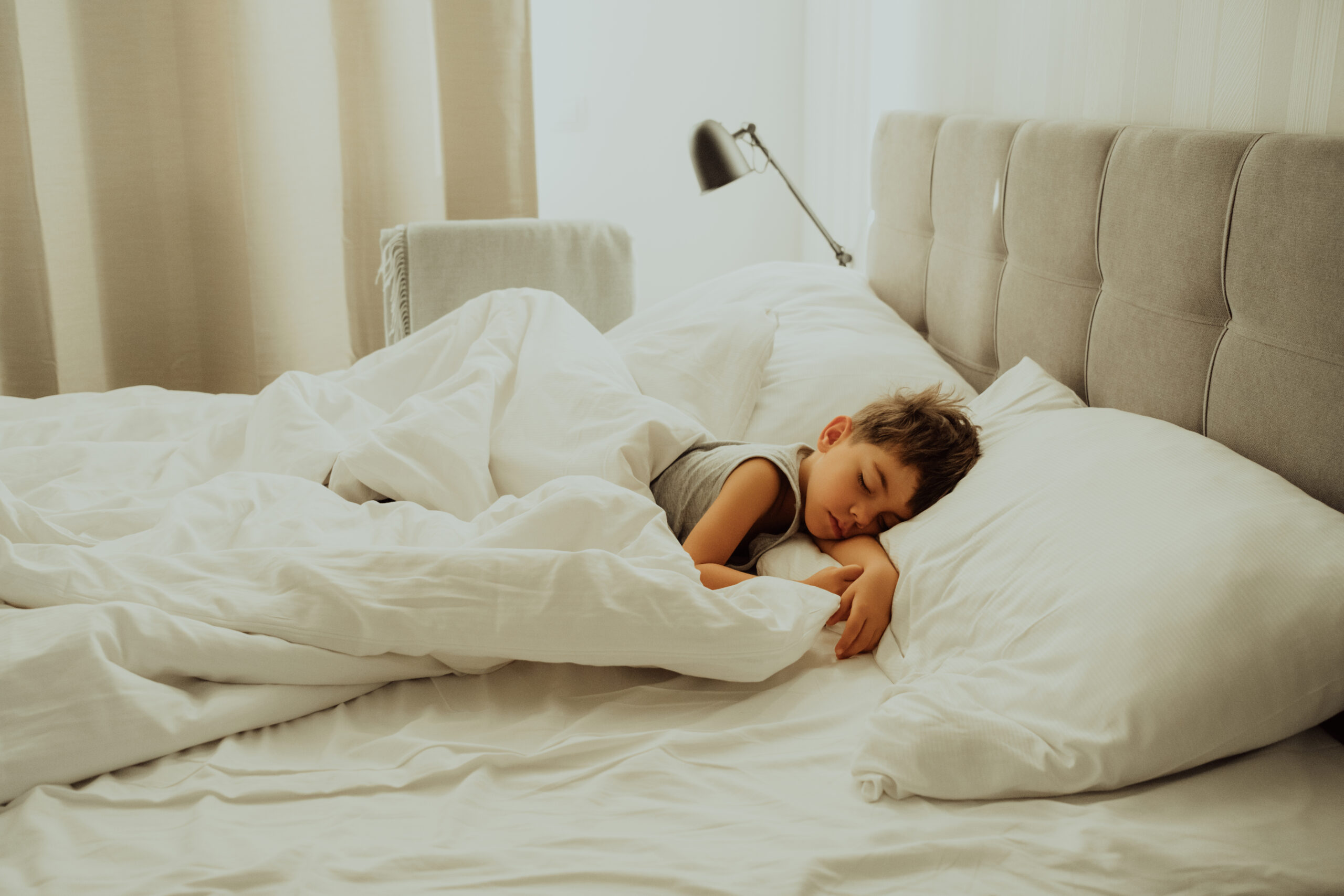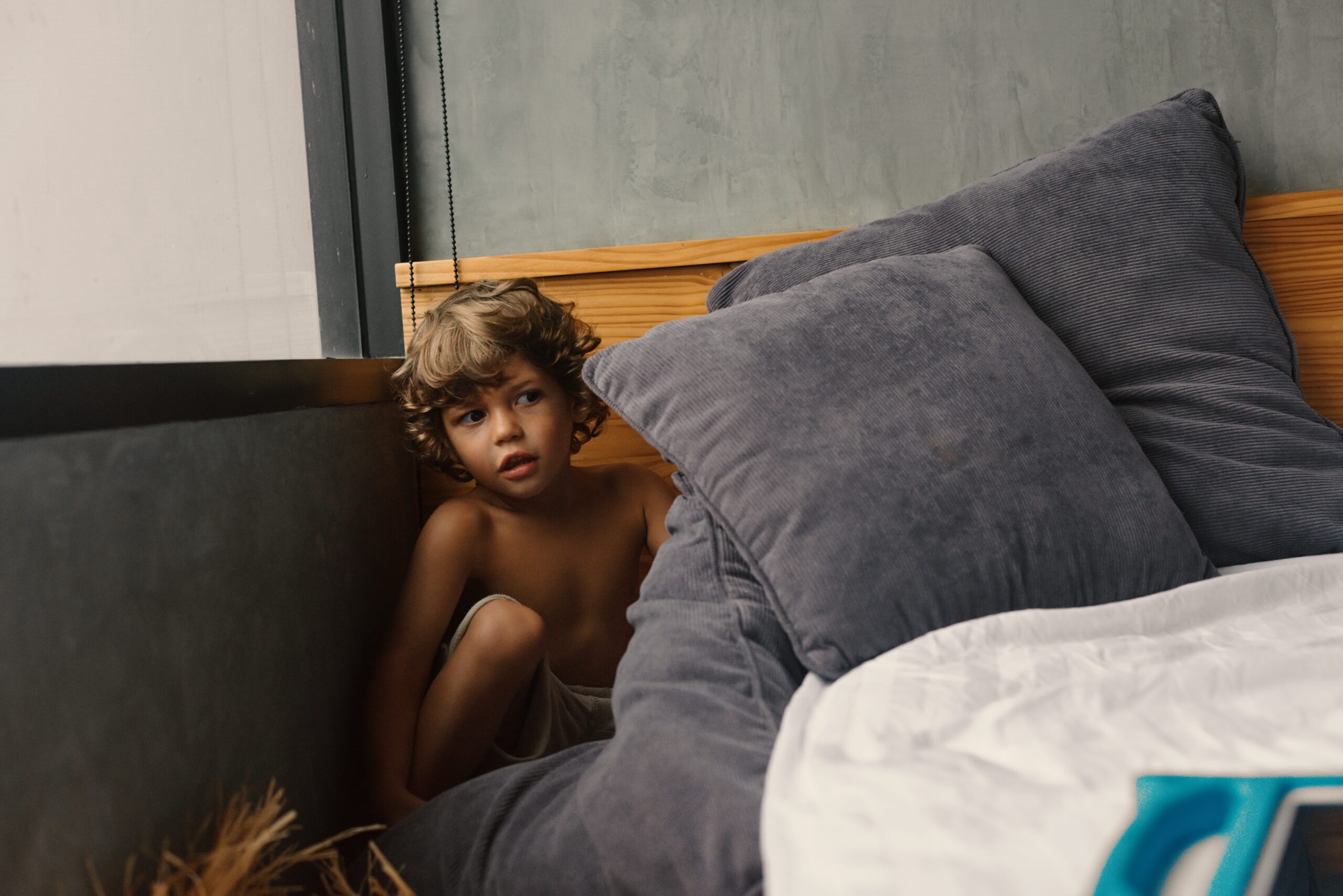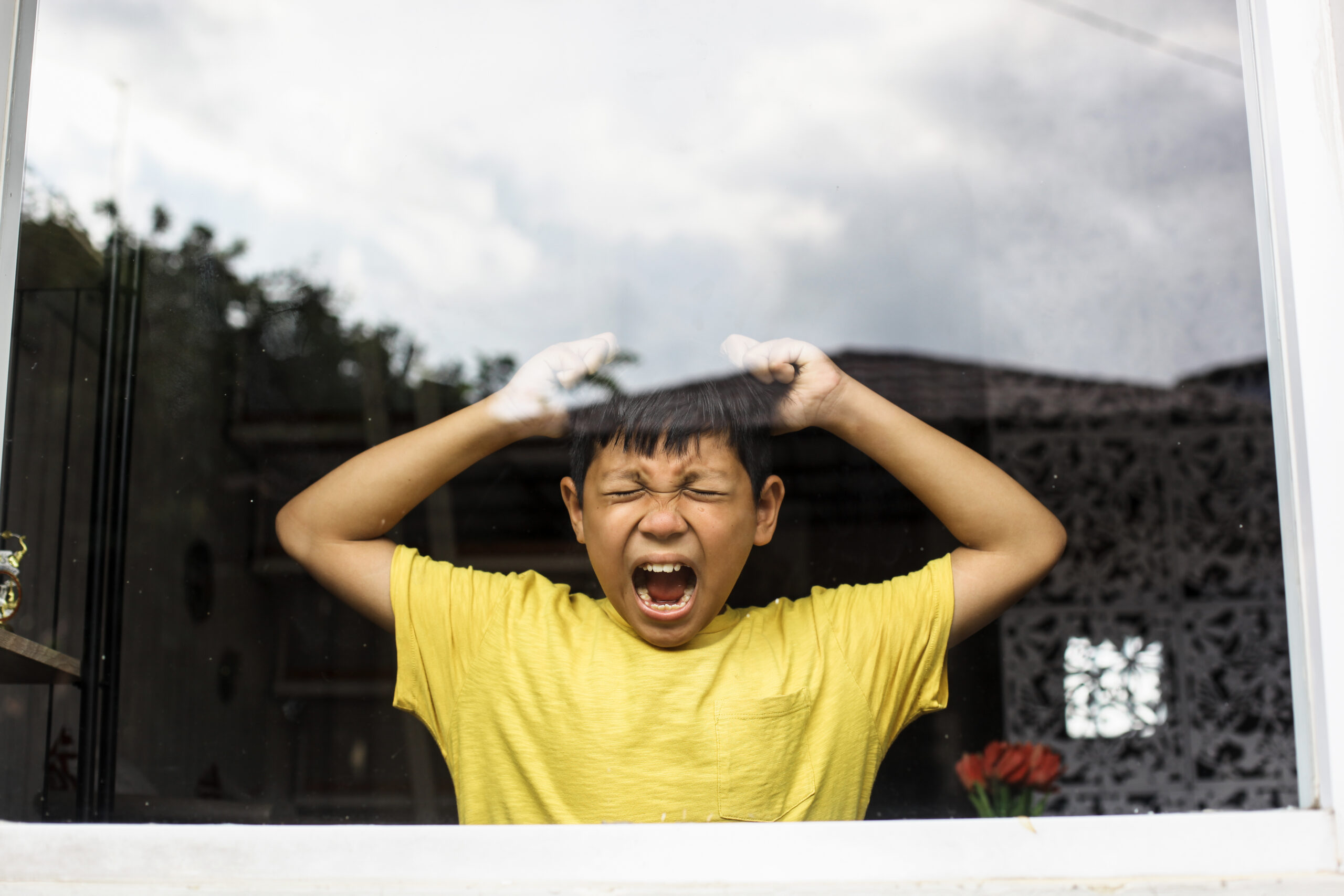Air Travel with Autistic Children: 10 Ways to Prepare
Air travel can be an exciting adventure for many families, but for parents of children with autism, it can present unique challenges. The disruption to routine, new environments, and unexpected events can lead to increased anxiety and difficulty adapting to the new situation. However, with careful planning and preparation, the flying experience can become smoother and more enjoyable for both the child and the family. In this article, we will discuss ten effective ways to prepare a child with autism for air travel.
1. Familiarize the Child with the Airport and Airplane
Helping your child understand what to expect during air travel can make a significant difference in their comfort level. Show them pictures or videos of airports and airplanes to familiarize them with the process. Online resources and social stories specifically designed for individuals with autism can be invaluable in illustrating the journey, including the airport, staff, and the crowd they may encounter.
2. Use Visual Schedules
Visual aids, such as schedules or timelines, can be powerful tools in helping the child comprehend the sequence of events during the trip. Create a visual schedule that includes activities like packing, going to the airport, passing through security, boarding the plane, and arriving at the destination. This visual representation can provide a sense of predictability and reduce anxiety.
3. Plan and Visit the Airport in Advance
If possible, visit the airport a few days before the trip to familiarize the child with the environment. Walking around the terminal, pointing out different areas, and explaining what happens in each location can ease their anxiety and provide a sense of familiarity.
4. Practice the Process
Role-playing the airport and flying experience at home can be beneficial. Pretend to go through security, pack a bag, and board an imaginary airplane. This rehearsal can help the child understand the expectations and reduce any potential surprises during the actual trip.
5. Pack Comfort Items
Ensure you bring along items that provide comfort and familiarity to your child. This might include their favorite toy, blanket, or sensory items that help them stay calm, such as noise-canceling headphones or stress-relief toys.
6. Communicate with the Airline
Contact the airline ahead of time to inform them about your child’s needs. Many airlines have specific services and accommodations available for passengers with disabilities. Discuss any special requirements your child may have, such as early boarding, seating preferences, or sensory sensitivities.
7. Plan for Sensory Needs
Airports and airplanes can be overwhelming due to noise, crowds, and unfamiliar sensations. Consider your child’s sensory sensitivities and bring appropriate strategies to manage them. This could involve headphones to reduce noise, sunglasses to block bright lights, or a weighted vest and blanket for calming pressure.
8. Use Social Stories
Create a social story to prepare the child for the trip. Describe in simple terms the security screening process, including removing shoes, going through metal detectors, and having bags checked. Emphasize that these procedures are in place for safety.
9. Manipulate the Environment with Reinforcers
Bring along snacks and activities that the child enjoys. Familiar and preferred snacks can provide comfort during the journey. Additionally, consider bringing entertainment such as books, coloring materials, or electronic devices with their favorite games or movies.
10. Have a Calm and Patient Attitude
Throughout the trip, it’s crucial to stay calm and patient. Children with autism may experience anxiety or meltdowns in new environments. Respond with understanding and provide reassurance, using calming techniques that work for your child, such as singing, drawing, taking deep breaths, or using stress balls.
Remember, every child with autism is unique, so adapt these suggestions to meet your child’s specific needs. By planning ahead, providing visual support, and being prepared for potential challenges, you can help make the flying experience more manageable and enjoyable for your child and the entire family.
Also read: How to Teach Self-Restraint Techniques to a Child with Autism
About Olga Sirbu
My name is Olga Sirbu, I am a Board Certified Behavior Analyst (BCBA) and Licensed Applied Behavioral Analyst. My goal is to support and empower families and individuals on the autism spectrum.
Autism Advance is dedicated to training parents and caregivers, providing practical tips, and teaching individuals how to educate kids with autism.
I share evidence-based practices to help you better understand and support individuals with autism. Learn practical strategies to help individuals with autism reach their full potential, as well as gain a deeper understanding and acceptance of autism.
Thank you for considering Autism Advance as a resource for your autism journey.

